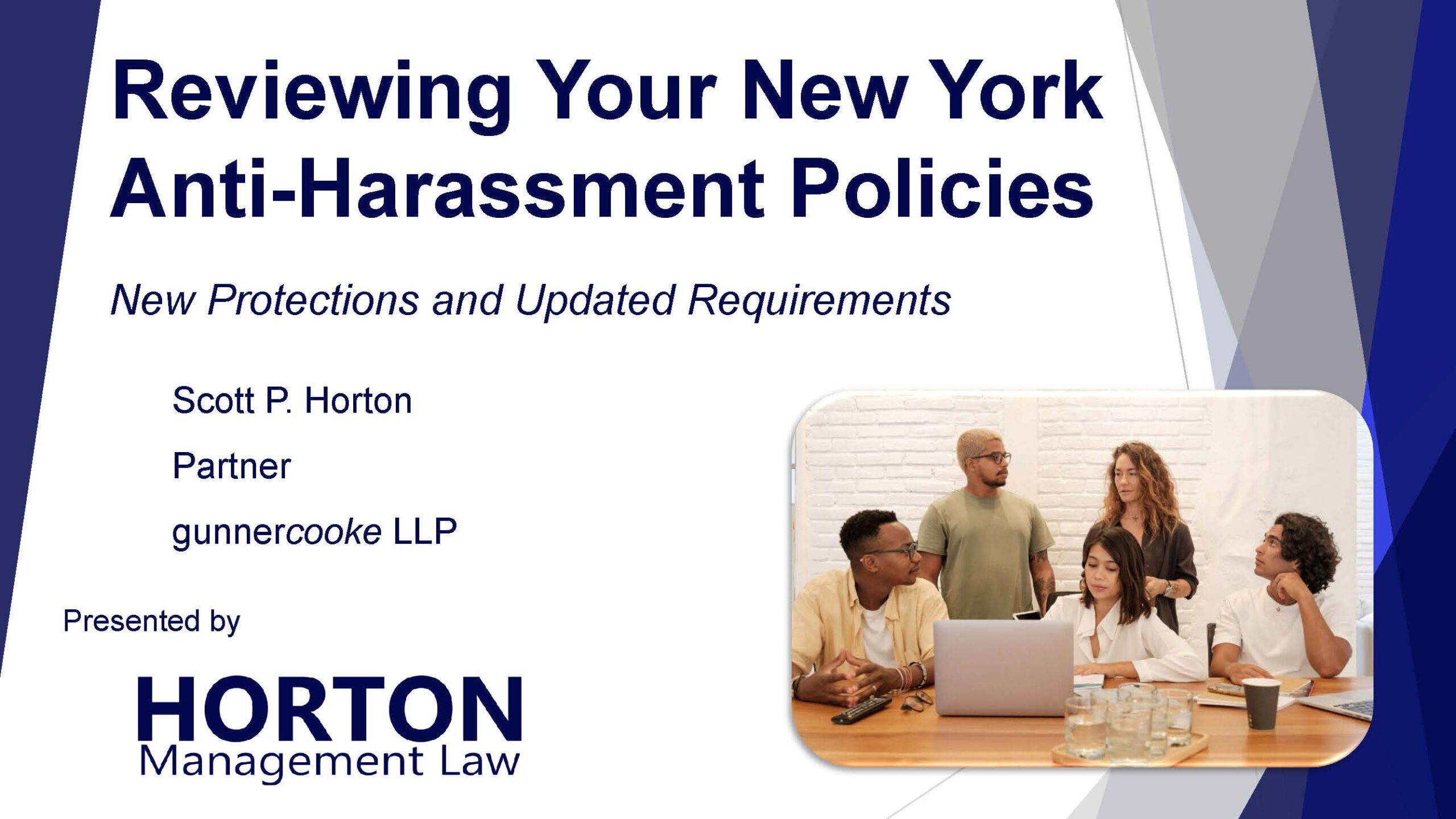The U.S. Equal Employment Opportunity Commission (EEOC) opened the 2022 EEO-1 Component 1 data collection on October 31, 2023. The deadline for submissions and certifications is set for December 5, 2023.
Understanding the EEO-1 Component 1 Report
The EEO-1 Component 1 report is an obligatory annual data collection exercise for private sector employers with 100 or more employees, as well as federal contractors with 50 or more employees meeting certain criteria. This report requires the submission of workforce demographic data, including data segmented by job category, gender, and race or ethnicity.
New Resources for Filers
In an effort to streamline the data submission process, the EEOC’s Office of Enterprise Data and Analytics (OEDA) has launched a new EEO-1 Component 1 Instruction Booklet for the 2022 data collection period. This booklet consolidates various support materials, such as frequently asked questions and fact sheets, into a single resource. It also provides additional information to clarify eligibility and reporting requirements.
Enhanced Filing Process
The EEOC announced that it has enhanced the filing process by introducing self-service options and an online Filer Support Team Message Center within the EEO-1 Component 1 Online Filing System (OFS). This platform enables filers to submit requests for assistance, update requests with new information, terminate requests, and track the status of requests, thereby simplifying the filing process.
Additional EEOC Data Collections
The EEOC has also opened the 2023 EEO-4 state and local government data collection, which is also due on December 5, 2023. This mandatory data collection requires all state and local governments with 100 or more employees to submit demographic workforce data every two years. A new EEO-4 Instruction Booklet is now available to aid in this process.
Employer Compliance
All employers must determine whether they are required to file EEO data. If so, you should make sure you have the necessary data prepared in time to meet the filing deadlines. Hopefully, the new guidance resources from the EEOC will make it easier for companies to comply with the reporting process.


